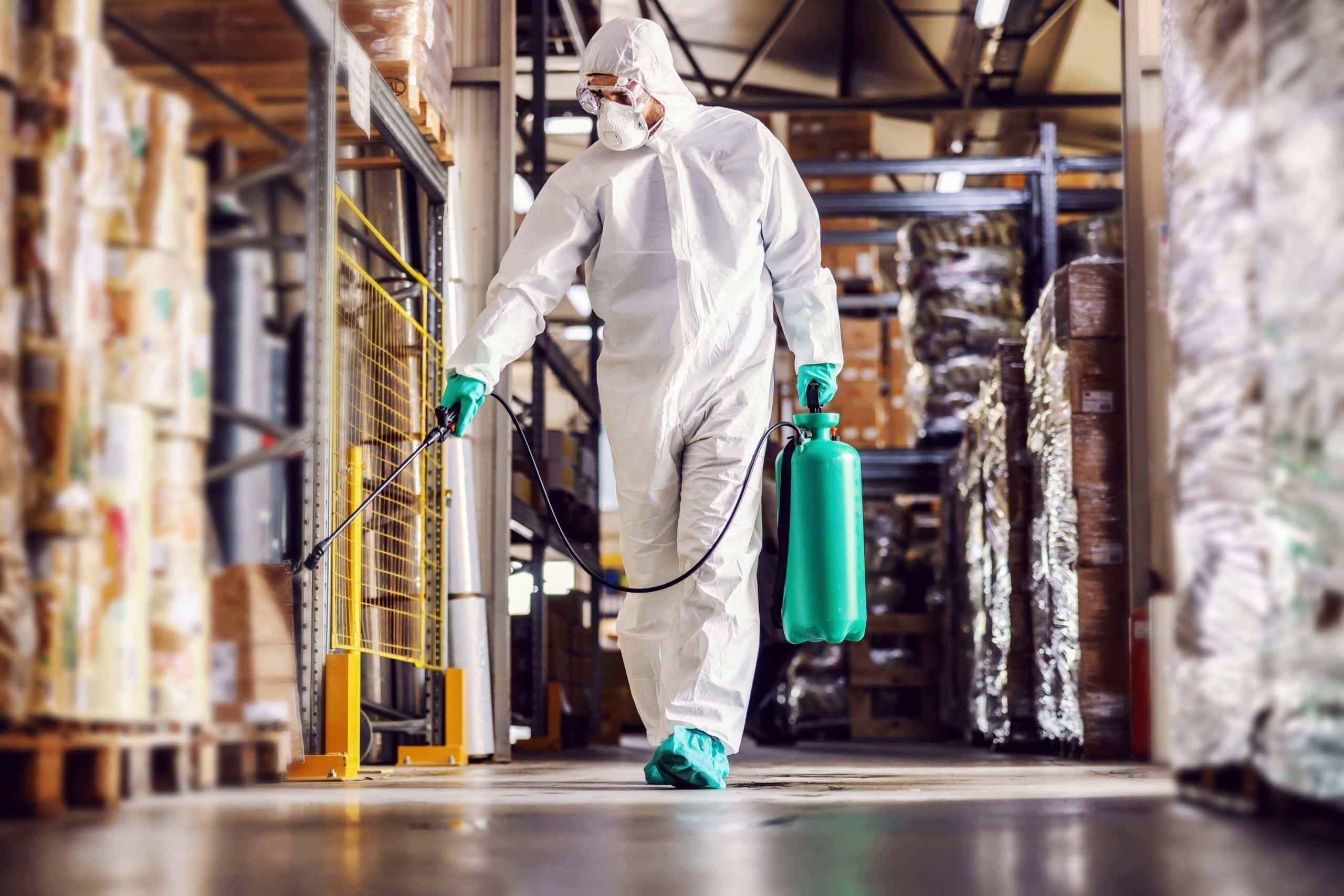Consumers buy and sell thousands of products daily, ranging from beauty products to vehicles. Now with the boom in e-commerce, consumer purchases are at their highest. Consumers trust that the products we choose to buy should be safe to use. Unfortunately, this is not always the case. Consumers may become injured by the products they purchase, and the manufacturer or seller could be liable.
What is the Difference Between Product Liability and Strict Product Liability?
Some products come with the implied risk that the product is dangerous, such as a knife or a saw. However, the products we buy that do not have these implied risks may become dangerous due to defects or malfunctions. Whether it be a design flaw or a manufacturing defect, these products can pose a serious threat to our safety. Product liability claims are matters in which a company is held liable for harm caused by a defective product. However, a product liability claim and a strict liability claim are different.
Strict liability lawsuits are matters for products that regulatory agencies deem to be unreasonably dangerous to consumers. In other words, if a consumer cannot avoid harm even by being reasonably careful, the product is eligible for a strict liability suit. These products may be explosives, hazardous chemicals, and other inherently dangerous items.
How are Consumers Notified in These Cases?
When a company is aware that their products is dangerous or defective, they now have an obligation to inform the consumers and recall the product from the market. Businesses disseminate recall information from the company’s social media or the internet. Furthermore, the Consumer Products Safety Commission (CPSC) will issue a statement that gives the consumer more information about the recall.
What Proof Do You Need to Warrant a Strict Liability Case?
Despite injury, a plaintiff must still prove that the product is dangerous in a strict product liability case. It is important to note that proof for strict product liability cases varies by state in accordance with state laws. Some general elements of proof for strict liability cases include:
- The consumer product in question was unreasonably dangerous by design or when the company manufactured or sold it to a consumer.
- The entities within the chain of distribution did not expect to alter or modify the way that the product design, manufacturing, or sale before it was available for purchase.
- Consumers suffered injuries as a direct result of using the product; and
- The consumer used the product in a manner that was foreseeable to the manufacturer and/or seller of the product.
Strict Product Liability Representation Nationwide
The Product Liability attorneys at McCune Wright Arevalo, LLP, have decades of experience and have recovered more than $1 billion in compensation for consumers across the country, including those who have been injured and damaged by defective products.
If you have suffered physical or financial hardship due to a defective product, you may be entitled to recovery from your injuries. Contact us today or call (909) 345-8110 for a free, confidential consultation!
